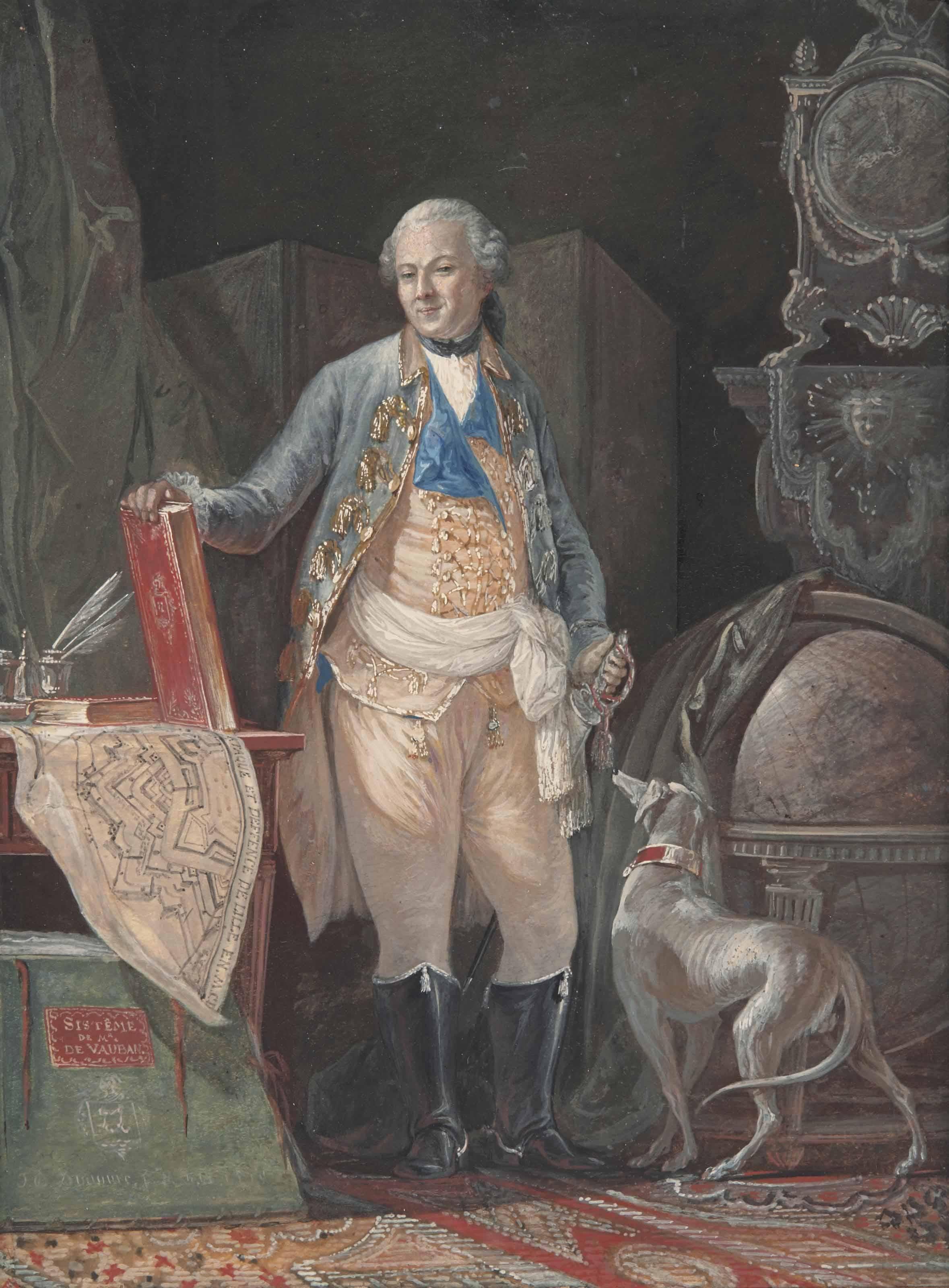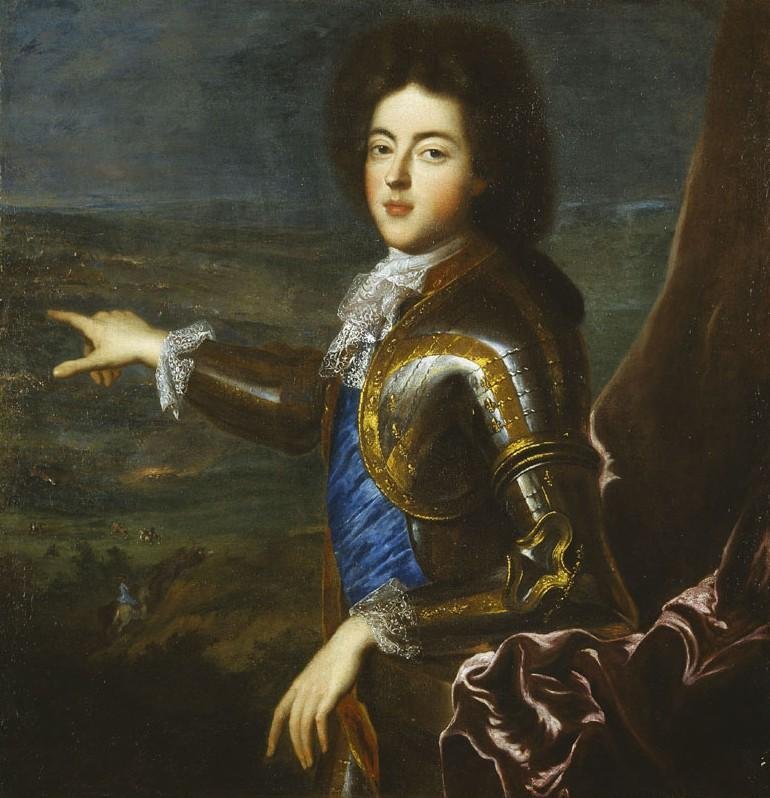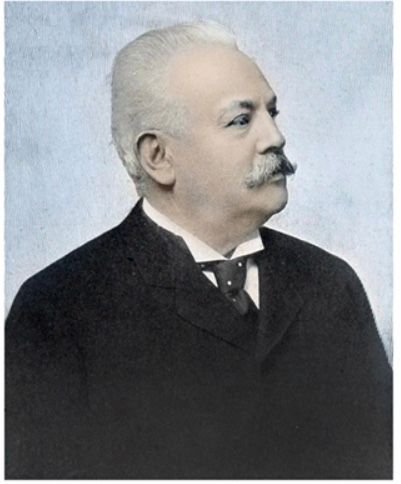The Mystery of the Law Park Cannons. Notebook 2023-9.
“Dented, scratched and battle-scarred, bronze green from a century and a half of warlike years in France, Haiti and Cuba, two elaborate old bronze cannons, one at least of which was once the property of the tyrant, Jacques I, Emperor of Haiti stand today on a peaceful lawn in Briarcliff Manor, awaiting the ceremonial day when the American Legion will move them to their final pedestal of honor in Law Memorial Park.” (“Cannon at Briarcliff built before the Revolution” in Ossining Citizen Register, Saturday, January 27, 1934.).
Introduction
Once upon a time two cannons stood in Law Park, Briarcliff Manor. This is the story of what they were, how they came to be in Briarcliff Manor, and what happened to them.
If you travel around the Hudson Valley, you often encounter cannons in parks etc. Most of them are rather plain like the one below.
Cannon in Ossining’s Nelson Park
Rob Yasinsac the doyen of Hudson Valley ruins describes it as follows:
“A genuine Hudson River artifact, it was cast at the West Point Foundry in Cold Spring, served in the Civil War, was partly buried at the Newburgh waterfront, relocated to Fort Ontario at Oswego, and brought to Ossining in the 1980s by Peter Carpenter (a high school boy scout at the time) to replace a World War I Cannon...”
Those in Law Park were quite different: something like the one below.
18th Century 4 Pounder Cannon (Le Pénétrant)
In 1704 Jean Maritz I designed and built a water-powered horizontal cannon-boring machine in his foundry in Geneva, Switzerland. This represented a vast improvement over previous methods, which involved founding the cannon around a clay core, which was removed after founding, leading to imprecision and shifting of the core, and therefore poor performance.
During the timeframe when these guns were cast two main artillery systems were used by the the French Army:
The Gribeauval System. The Gribeauval system was an artillery system introduced by Lieutenant General Jean Baptiste Vaquette de Gribeauval during the 18th century. This system revolutionized French cannons, with a new production system that allowed lighter, more uniform guns without sacrificing range. The Gribeauval system superseded the Vallière system beginning in 1765. The new guns contributed to French military victories during the French Revolutionary Wars and Napoleonic Wars. The system included improvements to cannons, howitzers, and mortars.
The Vallière System. Vallière standardized the French sizes in artillery pieces, by allowing only for the production of 24 (Canon de 24), 12-, 8- and 4-pound guns, cannons founded in one piece of bronze along the lines pioneered by Jean Martiz. The de Valliere guns were also highly decorative and contained numerous designs and inscriptions.
Portrait of Jean-Baptiste Vaquette De Gribeauval (1715-1789) With his dog. Jean-Démosthène Dugourc
We contacted Mr. Les Jensen, CIV USA IMCOM, Curator of Arms and Armor at United States Military Academy and provided detailed descriptions of the cannons. He advised us that they were most likely Valliere system Cannons.
Jean-Florent de Vallière (1667 - 1759)
Jean-Florent de Vallière (1667 - 1759) was France’s Colonel and inspector of artillery from 1720. From 1726 – 1747 he was Director-General of the Manufacture of Arms in France. He became a Lieutenant-General in 1732. De Vallière recruited Maritz I into French service and in 1732, the first Maritz cannon boring machine was operational in the foundry at Lyon, boring out the Model 1732 system equipment. These standardized pieces became known as the “Vallière System”.
Under the Vallière system each French brass gun had a unique name. This 4-pounder field gun is named "La Perileuse", which means "The Dangerous One" in English. The symbols on the cannon allowed gunners to identify the size by a simple glance at the breech: Face in a sunburst = 4-Pounder; Monkey head = 8-Pounder; Rooster head = 12-Pounder; Medusa head = 16 Pounder; Bacchus head = 24 Pounder
French 4-pdr field cannon – Vallière System
American Revolutionary War Period 4lb Solid – Solid Shot Cannonball, ca. 1770s
Surrender of General Burgoyne. by John Trumbull, 1822
Depicted at center are General John Burgoyne surrendering to General Horatio Gates, who refused to take his sword. The painting hangs in the United States Capitol Rotunda. It shows General Daniel Morgan in front of a de Vallière 4-pounder.
The Two Law Park Cannons
The two cannons that once stood in Law Park are described as follows:
Cannon 1: L’eclaire, the maker of light. Bears the date 1773. It was 8 feet long and made of bronze. It bears an inscription, which when translated from the French reads “Presented to Jacque I, Emperor of Haiti, 1804 by Messrs (sic) Lewis Trires. The cannon was made in Douai, France by J. Berenger and is elaborately embossed.
Jean-Jacques Dessalines. (20 September 1758 – 17 October 1806)
The Emperor, Jacque 1 was a leader of the Haitian Revolution and the first ruler of an independent Haiti under the 1805 constitution. Under Dessalines, Haiti became the first country in the Americas to permanently abolish slavery. Dessalines served as an officer in the French army when the colony was fending off Spanish and British incursions. Later he rose to become a commander in the revolt against France. Initially regarded as governor-general, Dessalines was later named Emperor of Haiti as Jacques I (1804–1806) by generals of the Haitian Revolution Army and ruled in that capacity until being assassinated in 1806.
Cannon 2: Le Brullion (The Confusion Maker). Made in Belgium in the town of St. Hubert, It was 8ft long, made in bronze with handles in the form of a phoenix. It was heavily engraved engraved and embossed on its upper surface with three fleurs-de-Lys. Bears the bears the name “Le Duc Du Maine” and “De St. Hubert Fecit AO 1763”
Louis-Auguste de Bourbon, Duc du Maine (31 March 1670 – 14 May 1736)
The “Duc du Maine” was Louis-Auguste de Bourbon, Duc du Maine (31 March 1670 – 14 May 1736), an Illegitimate son of Louis XIV and his official mistress, Madame de Montespan. He was the king’s favorite son; he was the founder of the semi-royal House of Bourbon-Maine named after his title and his surname
How did they get to Briarcliff Manor
It’s not entirely clear whether the cannons originally came directly from France or via the French forces engaged in the US Revolutionary War. Mr. Benjamin Lissberger acquired them in Havana, Cuba at the close of the Spanish-American War (1898) when they were auctioned off by the government. During the Spanish-American War they stood in Morro Castle, Havana, Cuba.
U.T. Hungerford Born 1832. Died 1926.
He gave them to Mr. U.T. Hungerford, a brass manufacturer of Briarcliff Manor. Hardware Dealers’ Magazine summed up the industry’s estimation of Mr. Hungerford saying “Because of his prominence and years of uninterrupted service in his chosen field, Mr. Hungerford is by many called the ‘Dean of the Brass and Copper Industry.’ His home “Hohensichtlich” built in the 1890s, was a prime location overlooking the Hudson River from a high point on the hill. It stands to this day on Central Drive. After some time he gave them to Mr. William E. Donavin of the Briarcliff Post of the American Legion, which in turn gave them to the Law Memorial Park in 1934, where they stood on cement pedestals until around 1942 when…..????
What happened to them?
The most likely scenario is that they went for scrap. One of the scrapbooks of early Briarcliff Manor (undated) states:
“These two cannons were contributed to the Government call for scrap, from which to make ammunition for the World War in 1942. There was a national request for all possible scrap metal and Briarcliff contributed several tons, these two Vallière cannons being in that contribution of metal. “Giving these as scrap for War uses, shows the extraordinary need felt for such materiel as a military necessity in making from such material new guns, tanks, airplanes etc.”
The tone of the above quotation suggests that this was a valuable contribution to the war effort. However, the Curator of Arms and Armor at United States Military Academy suggests otherwise:
“The WWII scrap drive was one of the most ill-conceived and screwed up programs, from the perspective of historic preservation, one could imagine. It was “feel good” propaganda, intended to get people personally connected with the war effort. To that extent it probably succeeded, but much of the metal collected was too impure to be really suitable for WWII munition purposes and so was not used. In the process, a lot of good cannon were lost. Most of the WWI captures went to scrap and obviously 18th century pieces as well. At least these two weren’t Continental Army guns. Eventually, Roosevelt ordered a stop to historic pieces going to scrap but the damage was already done. Some brass founders refused to melt some of the guns down, and I know of one or two from West Point that still survive because of that. But we lost some good pieces from the collection. That’s what happens when you let mass hysteria take over.” Jensen, Les CIV USA IMCOM
Hagerstown, Maryland Cannon
An Optimistic Alternative
Although it’s virtually certain that that the Law Park Cannons ended up as scrap during World War II. I like to think that they may have survived somewhere, as the virtually identical example shown above in Hagerstown, Maryland did. It has a very similar history to that of the Law Park Cannons.
This bronze cannon was made at Douai France in 1751, by Berenger the great gun manufacturer, for the House of the Bourbons. After many travels and vicissitudes, it was discovered mounted in defense of Fort Morro Santiago, Cuba. Upon the surrender of Santiago, it passed into the possession of the United States and was taken to Governors Island N.Y. It was assigned by the Secretary of War to Hagerstown and has been mounted there to commemorate the patriotism and courage of all the volunteers from Washington County who entered the Army and Navy of the U.S. in the American - Spanish War, 1897-1898.
Adapted and expanded from a Presentation given by Howard Dale, Briarcliff Manor-Scarborough Historical Society, 19 November 2022, 2:00 pm, Vescio Community Center, Briarcliff Manor








